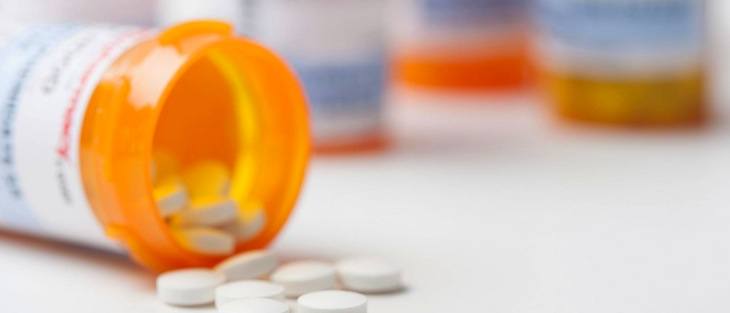State Drug Director on opioid crisis: ‘What we have been doing … is not working’
by June 18, 2018 5:34 pm 1,141 views

State Drug Director Kirk Lane says the state and nation aren’t doing enough to combat the nation’s opioid epidemic, while the U.S. House of Representatives is passing a flurry of bills to combat the problem.
“The biggest thing that Arkansas needs to do is be adaptable to change. What we have been doing for a long time is not working,” Lane said during an opioid summit at the University of Arkansas at Little Rock on Monday (June 18).
The summit was organized by the office of U.S. Rep. French Hill, R-Little Rock, and featured two panel discussions. One of those included Lane; Hill; Commander Karen Hearod, regional administrator for the federal Substance Abuse and Mental Health Services Administration (SAMHSA); and Jim Tom Bell, a member of the board of directors of the Quapaw House addiction treatment facility. Arkansas Surgeon General Dr. Greg Bledsoe moderated the discussions.
According to the National Institute on Drug Abuse, deaths nationwide from drug overdoses increased from 16,849 in 1999, when half were opioid related, to 63,632 in 2016, when two-thirds were. The 63,632 divided by 365 equals more than 174 deaths per day.
“If we loaded up an airplane with 175 people and crashed it every day, how long would it take until we shut down the airline?” Lane asked.
Lane said Arkansas had the second highest opioid prescription rate in the country with 114.6 prescriptions for every 100 people in 2016. That number has been above 100 since 2007. Eight of 10 heroin users started by using prescription medication. And yet the state has not yet adopted Centers for Disease Control and Prevention opioid prescription guidelines that were released in 2016.
There have been some successes. Lane said Arkansas collected the third most unneeded prescription drugs per capita in the Drug Enforcement Administration’s National Drug Take Back Initiative. In addition to annual events, there are also hundreds of 24-hour sites statewide, compared to just three in 2010. The state has distributed 3,300 opioid overdose-combatting naloxone kits in the last 16 months to law enforcement officers, contributing to 102 saved lives. Lane said naloxone helps addicts survive, giving them a chance to recover during a time when they may be open to change but need outside support.
CONGRESS PASSES FLURRY OF LEGISLATION
Hill said the House of Representatives passed 36 bills last week related to the opioid epidemic and could pass another 21 this week. The bills cover a range of issues, including law enforcement, criminal justice, and prevention and treatment.
Hill said some of the bills may eventually become law. Many have a bipartisan consensus, and some have Senate companion bills.
One bill would provide additional resources to the United States Postal Service to use screening technology to interdict fentanyl coming via the mail through Mexico and Canada, a primary path into the country. Fentanyl is a powerful synthetic opioid capable of killing many people in small amounts.
Earlier this year, Congress appropriated an additional $4 billion in its omnibus spending package for combating the opioid epidemic.
Hill said drugs, drug addiction, and mental health issues combined are the “biggest social crisis I think we have domestically in our country.”
Commander Hearod with SAMHSA said the health system needs an integrated approach and an infrastructure to deal with the opioid crisis rather than the patchwork system that exists now.
She said a stigma exists with drug abuse. While a community might rally around a medical patient, a treatment patient does not receive that same support. She described one addict whose father came home from a heart attack to casseroles and offers of car rides for his mother. Years later, the son did not receive that same reception.
“This same gentleman, when he came home from treatment, there was nothing, right? Nobody came to the house. Nobody brought a casserole,” she said.
